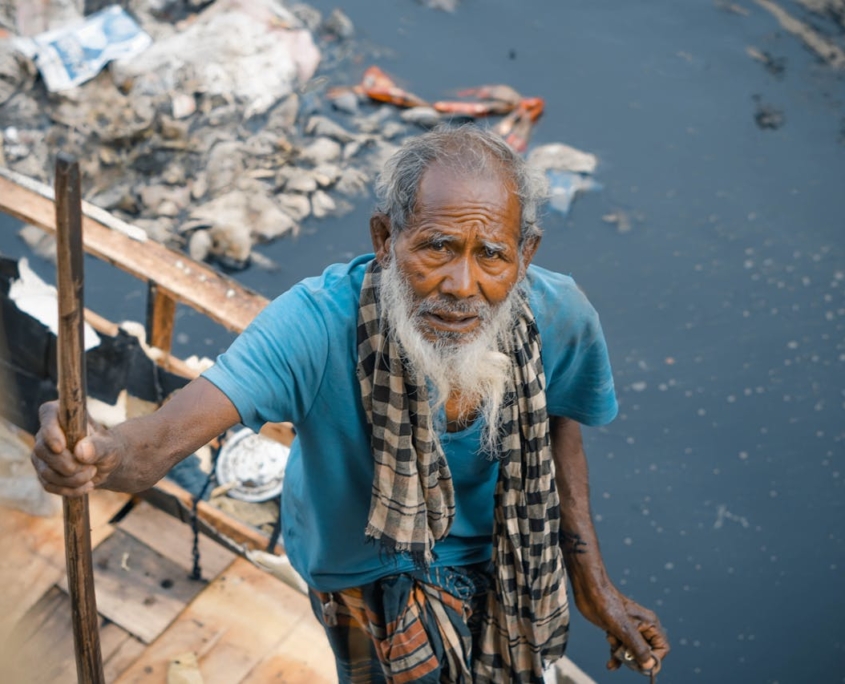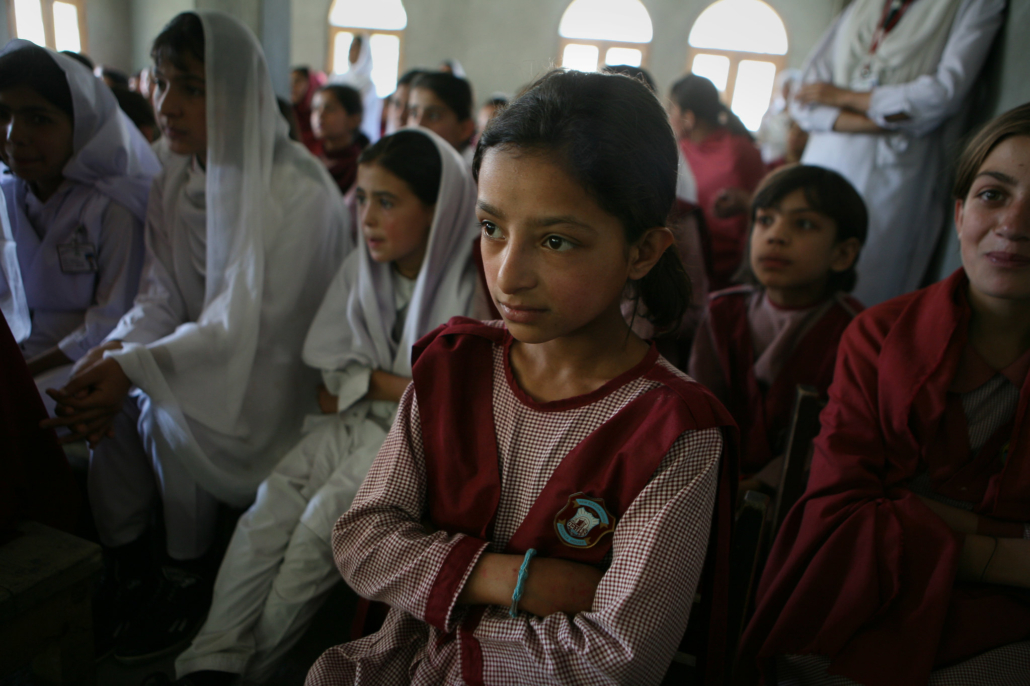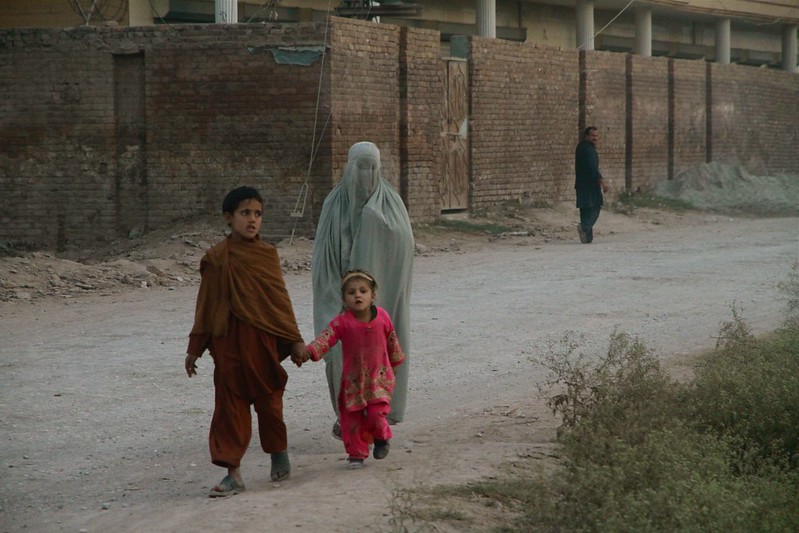 Pakistan faces significant economic challenges, with a substantial portion of its population living in poverty. As of 2024, the poverty rate stood at 25.3%, marking a sharp increase from the previous year and adding approximately 13 million people to the impoverished population. Financial exclusion exacerbates this issue, particularly among women. In 2021, only 13% of women had access to formal bank accounts compared to 34% of men, highlighting a significant gender gap in financial inclusion.
Pakistan faces significant economic challenges, with a substantial portion of its population living in poverty. As of 2024, the poverty rate stood at 25.3%, marking a sharp increase from the previous year and adding approximately 13 million people to the impoverished population. Financial exclusion exacerbates this issue, particularly among women. In 2021, only 13% of women had access to formal bank accounts compared to 34% of men, highlighting a significant gender gap in financial inclusion.
JazzCash’s Role in Financial Inclusion
With 44.4 million customers, JazzCash stands as one of Pakistan’s largest digital financial services platforms. Launched in 2012 by the Pakistani mobile operator Jazz, JazzCash has played a pivotal role in digitalizing Pakistan’s economy, promoting financial inclusion, expanding economic participation and reducing poverty.
Through partnerships with institutions such as the United Nations (U.N.) Women and the Sindh Flood Emergency Rehabilitation Project, JazzCash has introduced microloans, mobile banking and digital finance solutions that support economic activity and empower underserved communities. By leveraging fintech innovations, JazzCash provides secure, efficient and accessible financial services to millions of Pakistanis who previously lacked access to banking.
Here are four key JazzCash initiatives that demonstrate how fintech innovations in Pakistan reduce poverty through economic growth and financial inclusion:
Empowering Women Through Digital Finance
A 2022 partnership with U.N. Women enabled JazzCash to support 10,000 women micro-entrepreneurs by providing mobile wallets, free SIMs, data, calls and SMS bundles by 2025. In addition to digital tools, the initiative offers financial literacy training, ensuring that women gain the knowledge and confidence to effectively use fintech services for business growth and financial independence. With women making up only 21% of Pakistan’s workforce, increasing their participation in the economy is essential for both gender equality and overall economic growth.
The initiative aligns with U.N. Sustainable Development Goal 5 (Gender Equality) and fosters broader poverty reduction by expanding economic opportunities for women. In November 2024, JazzCash announced plans to expand its reach, setting a target to increase the number of women-led businesses using JazzCash from 100,000 to 300,000 by 2027. By integrating women into the digital economy, JazzCash helps close the financial gender gap and provides greater economic independence for female entrepreneurs.
Supporting Disaster Relief Through Fintech
The Sindh Flood Emergency Rehabilitation Project (SFERP), a collaboration between JazzCash and the Government of Sindh, has helped deliver financial assistance to families affected by the 2022 and 2024 floods. As of May 2024, JazzCash has disbursed PKR 2 billion to flood-affected families, with a goal of reaching PKR 15 billion and assisting 1 million households. Additionally, 80,000 new mobile wallet accounts have been created, ensuring that 45% of account holders are women. Traditional relief programs often rely on cash-based assistance, which can lead to delays, inefficiencies and security risks. By offering direct digital transfers, JazzCash provides a more inclusive, transparent and secure alternative, enabling families to rebuild independently and participate in the economy after disasters.
Expanding Social Protection Through Digital Payments
In February 2024, JazzCash became a key partner in the Benazir Income Support Program (BISP), Pakistan’s largest poverty reduction initiative. BISP provides unconditional cash transfers to underserved communities, including 9 million women, serving as a critical social safety net for Pakistan’s most vulnerable populations. JazzCash’s digital disbursement system ensures secure and efficient delivery of PKR 78 billion in cash payments to 1.3 million women by the end of 2025. By November 2024, JazzCash had already successfully transferred PKR 15 billion, demonstrating the effectiveness of fintech in expanding financial accessibility. Beyond facilitating direct aid, this initiative promotes long-term financial inclusion, encouraging women to open digital bank accounts, save money and engage in economic activities that lead to greater financial independence.
Microfinance and Entrepreneurship
JazzCash continues to promote economic inclusion through microfinance, enabling entrepreneurs and small businesses to access capital, process digital payments and expand their operations. Small business owners, particularly in rural and underserved communities, often face significant barriers to accessing credit and banking services. The organization’s microfinance solutions provide secure and efficient financial services, allowing entrepreneurs to scale their businesses, create jobs and contribute to economic growth.
Looking Ahead: The Future of Fintech in Pakistan
As fintech adoption expands, JazzCash remains committed to bridging financial gaps and empowering underserved communities. CEO Aamir Ibrahim has set a target to increase the female customer base from 30% to 50%, ensuring that women gain equal access to financial tools. With the continued integration of financial services into daily transactions, JazzCash is shaping a more inclusive economy where digital finance drives economic participation and poverty reduction in Pakistan.
Expanding financial literacy programs—such as those introduced through the U.N. Women partnership—could be essential in helping more Pakistanis navigate digital finance effectively. By leveraging fintech for economic empowerment, JazzCash is paving the way for sustainable economic growth and greater financial inclusion across Pakistan.
– Oliver Tanner
Oliver is based in London, UK and focuses on Technology and Politics for The Borgen Project.
Photo: Flickr

 Pakistan has been a longstanding host to
Pakistan has been a longstanding host to 

 In 2021,
In 2021,  Currently, more than
Currently, more than 


 The Khilo aur Barho initiative, translating to “Grow and Flourish,” aims to transform education for girls and out-of-school children in Pakistan.
The Khilo aur Barho initiative, translating to “Grow and Flourish,” aims to transform education for girls and out-of-school children in Pakistan.